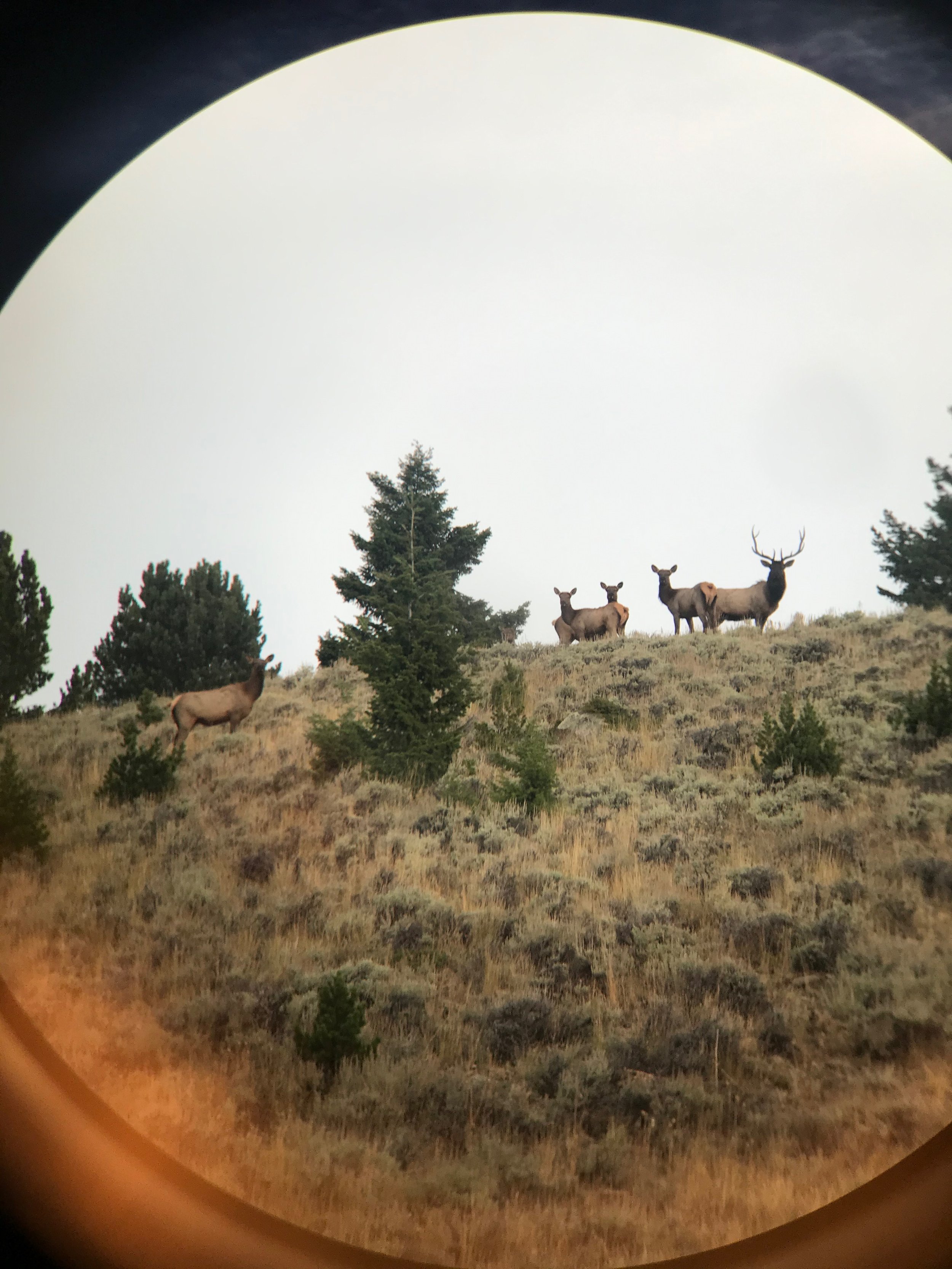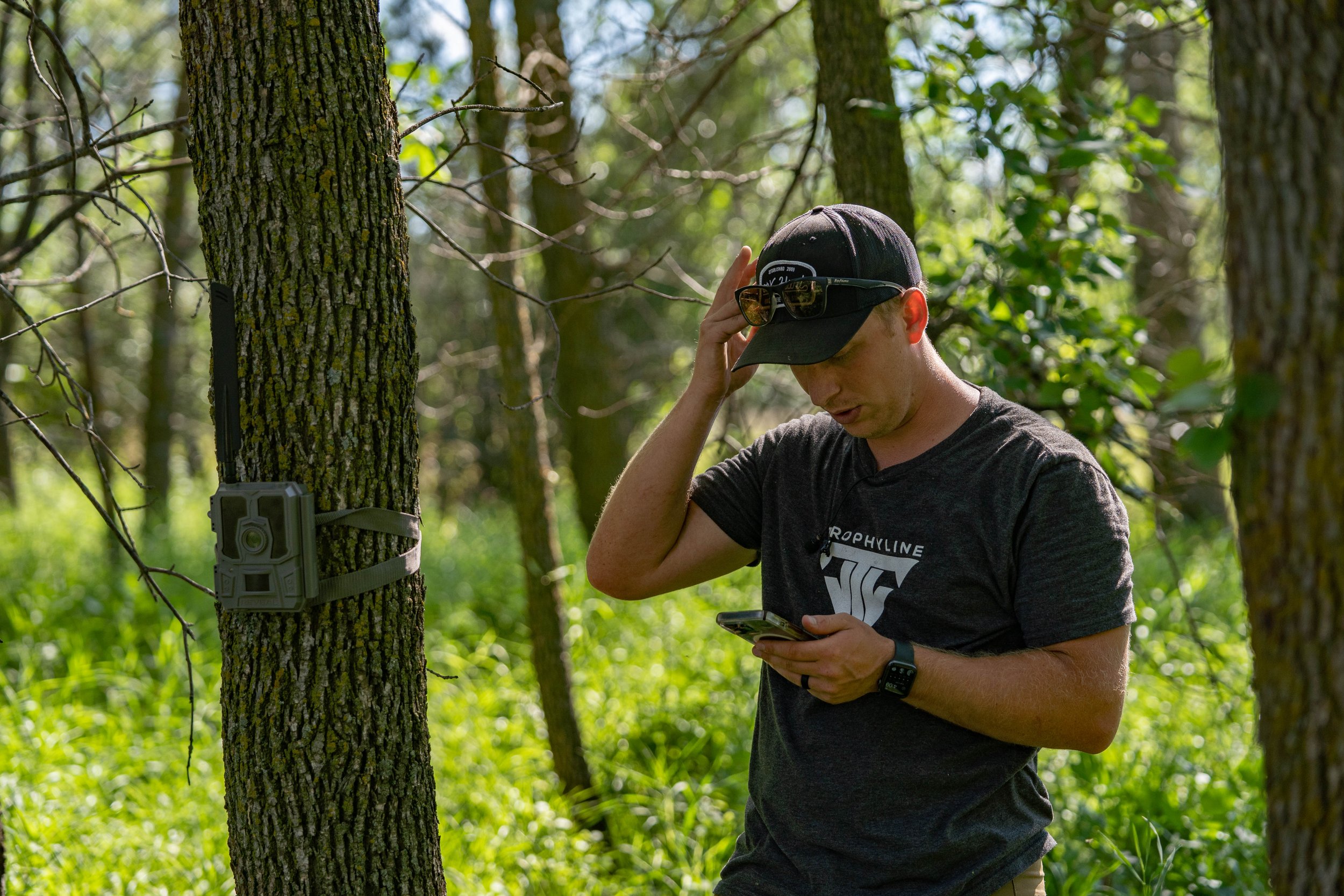By Alex Comstock
This winter has been quite the tough one for me. I was just getting ready to start hitting shed hunting hard this past month, but we have been getting absolutely dumped on with snow. Last year at this time I was living in North Dakota and enjoying my best shed season of my life. As of right now, I've only been out a couple of times and have only scooped up one antler. As I started thinking about where I've found some of my sheds over the years, I started to realize I sometimes like to look in places that are sometimes overlooked or tough to get to. Here are a few places that might not be getting searched by shed hunters in your area that could be worth checking out.
1. Thick Bedding Areas
Often times, it seems as though food sources get a lot of the press when it comes to shed hunting. And when it comes to shed hunting, if you have a great food source such as standing beans or corn, odds are you're probably going to be finding some antlers in and around those food sources. But if you don't have a great food source to shed hunt, or get beat to it by others if you don't own the land, think about where those deer that are hitting the food source are bedding.
What amazes me sometimes is what people don't want to or won't walk through. Let me tell you, after some of my shed hunts, you might think I just got out of a cage match with a bear. Okay, that might be a bit of an exaggeration, but the point still holds. Find those absolutely thick nasty bedding areas and odds are they will be places that bucks like to bed, especially in the winter. Spend some time in and around those nasty thick bedding areas, and I'd bet you have a pretty good chance at stumbling across an antler or two.
2. Natural Food Sources
Though crops get the bulk of the attention when it comes to late season/winter food sources, if you have natural food sources in the area, these can be money when it comes to shed hunting. I personally don't have any crops or food sources set up specifically for winter to attract whitetails, so natural food sources are what I'm looking for. I find that often times, people will simply overlook or not seek out natural food sources. Depending on where you're located, or what's in the area, some natural food sources to be looking for could include any hard mast such as acorns or hickory nuts all the way to natural browse such as saplings, and types of branches and buds. Where I live in Minnesota, a popular winter food source for deer are mountain ash berries. If I can find an area of mountain ash trees with berries low enough for the deer to get at, I know my odds of finding sheds just went up.
3. Overlooked Public Land
Just like when it comes to hunting, there are always overlooked public parcels of land that hold deer that people simply don't take the time to walk. These might not look like much on a map, but even a small piece of land that's CRP or a small piece of public near a good food source could be prime. Last year, in the midst of my best shed season to date, I reeled in 14 or 15 antlers on one piece of public land and am fairly certain that between me and my friends, we were the only ones to shed hunt it. A tactic that I'll sometimes employ is to pick out a few pieces of public to check out over the course of a weekend. If I get to a certain piece of land and don't think it's holding many deer, I may take a quick speed walk, but if it looks like it received a lot of winter activity, I'll then spend more time going over the property in depth.
Conclusion
If you are someone who loves to shed hunt, and get out there and find antlers, it's not always as cut and dry as some like to make it seem. You might have to put in a lot of work locating untapped areas, identifying overseen food sources, and spend some time in the thick nasty timber nobody else wants to walk through.
































